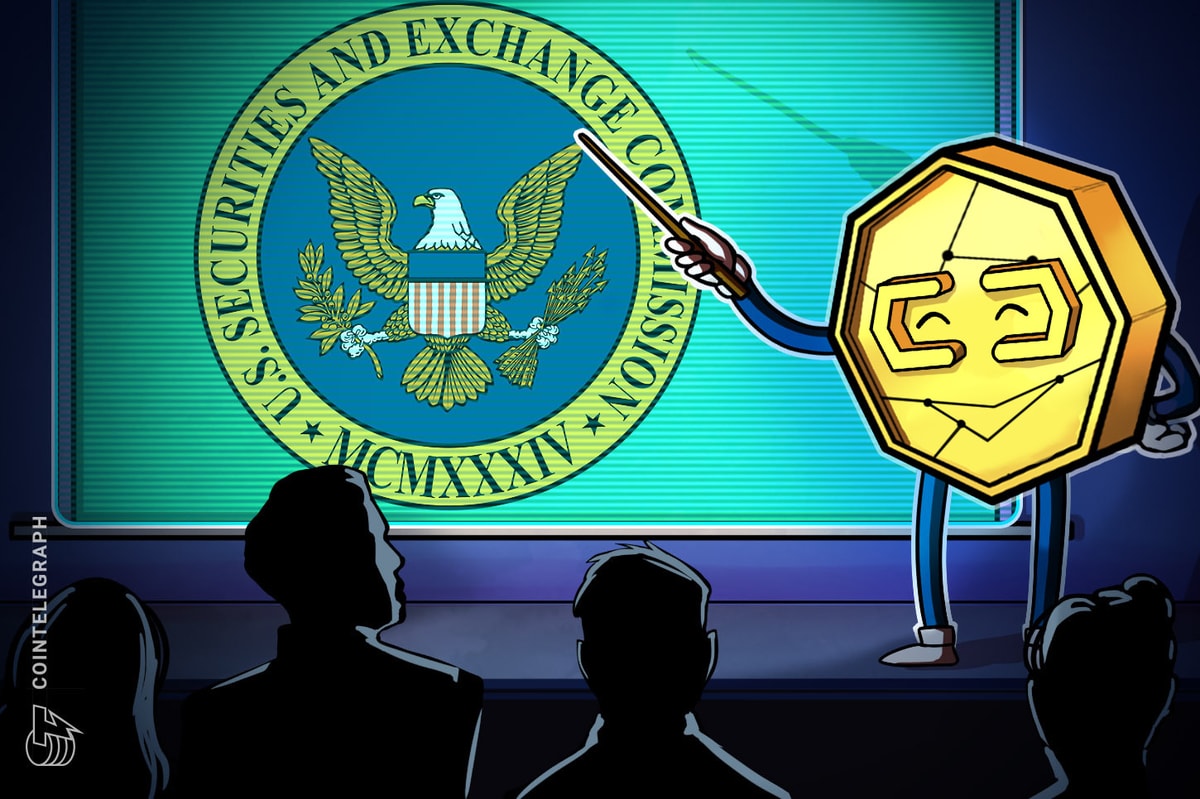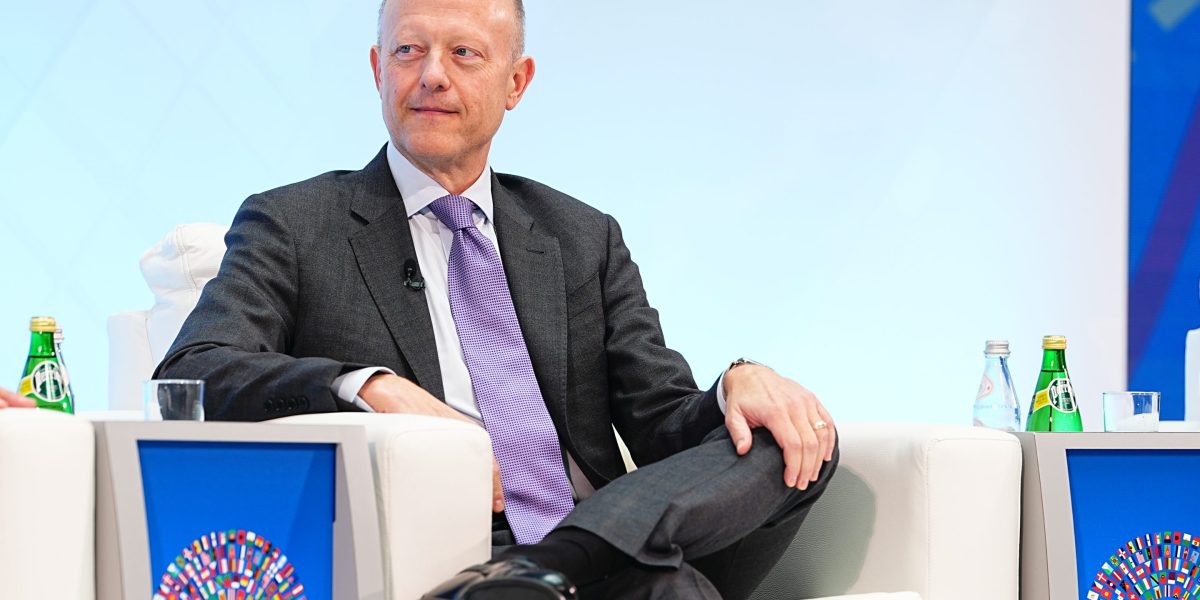Ripple’s CTO David Schwartz is still of the opinion that Satoshi Nakamoto, the creator of Bitcoin, is more a collective than an individual.
The discussions began when Mr. Huber, a crypto enthusiast with the Twitter handle @Leerzeit, tweeted that; one thing he would never understand was the 100% certainty that Satoshi Nakamoto was gone. He added that if it was a group, the probability was even higher.
David Schwartz spoke: “A group of people just decided to forget a claim worth tens of billions of dollars?“
Satoshi Nakamoto is believed to hold at least 1 million Bitcoins based on the crypto wallets used by the creator of Bitcoin. Thus, it is reasonable to conclude that Satoshi Nakamoto owns about $23 billion in Bitcoin at current market prices.
Since its inception, presumably by Nakamoto, not a single Bitcoin has been removed from any of his wallets, except for the initial 10 BTC transferred to Hal Finney in 2009.
The question of “Who is Satoshi Nakamoto and why he, she or they have not come forward to claim this fortune“arises with this immense wealth.
Ripple’s CTO discusses the reason for this untouched wealth.
In Twitter discussions, Neil Hartner, senior personal software engineer at Ripple, gave a possible reason for the untouched wealth: “Maybe they lost the keys and decided to let the mystique persist rather than admit that even the smartest people can lose seed phrases.”
David Schwartz, CTO of Ripple, responded, “Its logical.“He continued, “It could also be a group of people, and some of them died, leaving the others unable to access the keys.“
CryptoLaw founder John Deaton responded to Schwartz’s comment, “I believe CSW (Craig “Satoshi” Wright) was involved from the beginning. He knew that no one else would register the Whitepaper trademark. Hal is dead. Kleiman is dead.“
He then added, “Someone died, and the private key died with him?“
On January 12, 2009, Satoshi Nakamoto sent Hal Finney, a renowned cryptographer and computer scientist, 10 BTC.
The renowned cryptographer was the first person to download and install the Bitcoin software and set a price for the crypto-currency.
Finney was rumored to be the creator of bitcoin, but reports indicate that he always denied it. Finney unfortunately passed away in August 2014.





























